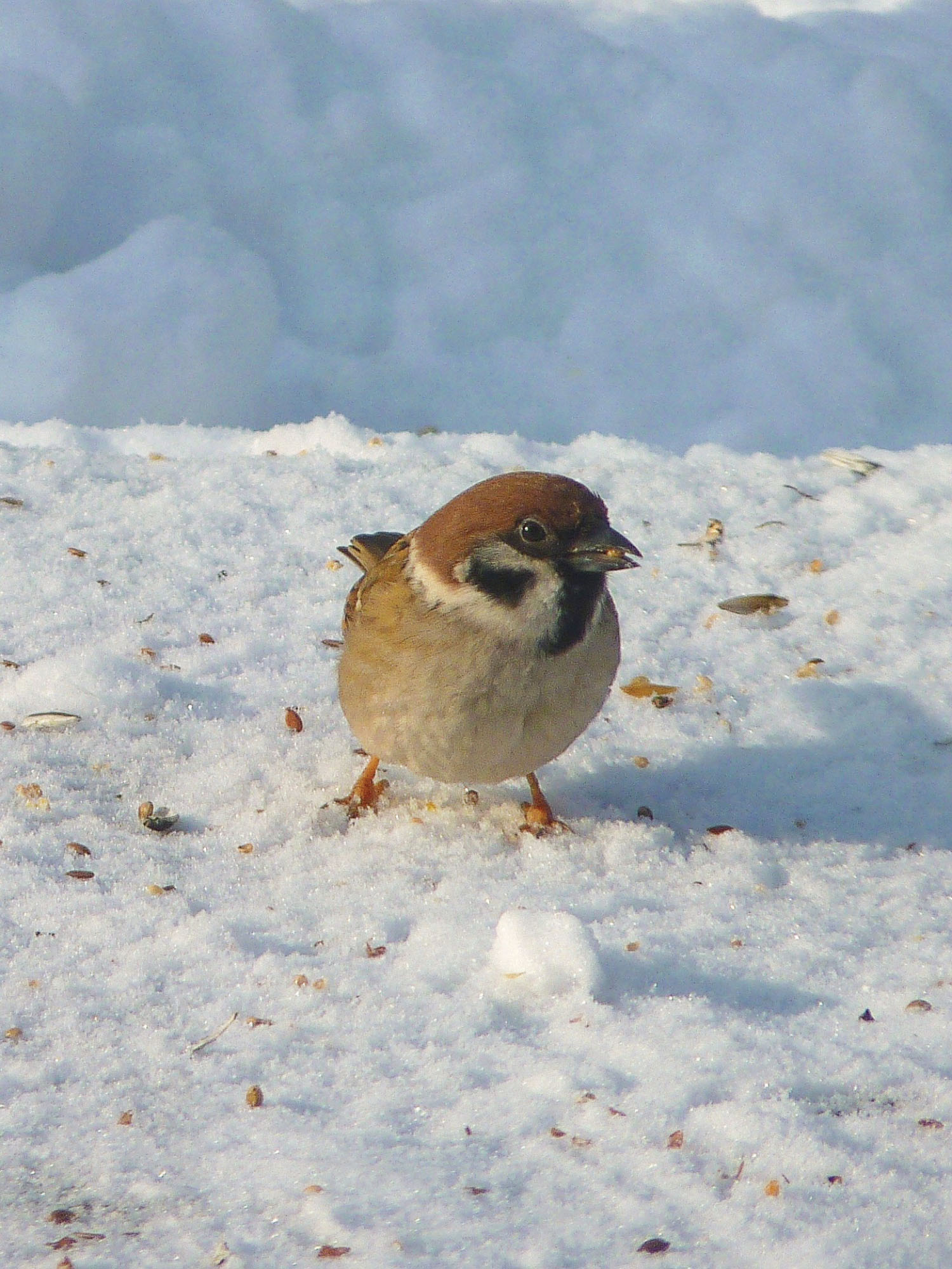
Michael Plauché and his group spotted 36 species in rural Polk County last month. Photos by Karin Strickland
The 384 acres of Foothills Equestrian Nature Center — on the South Carolina border at the lower rim of Polk County — includes pockets of scenery that look like The Sound of Music. The combination of wide-open meadows, big sky, and the retreating shoulders of the Blue Ridge makes for a jaw-dropping spectacle on a sunny summer afternoon. But for those eager to spot the Center’s rich songbird population amid all the natural splendor, it’s best to set the alarm clock early, when they’re at their most vocal.

Clockwise from top left: A local birder gets a closer look, an unidentified flyer considers the scene, midsummer bee balm and lilies surround a strategically placed birdhouse. Photos by Karin Strickland
“It hits that sweet spot for a mix of different types of habitat,” says Michael Plauché of Ventures Birding Tours, who led a morning birding excursion at FENCE last month. “There’s deciduous forest with some pines, brushy scrub, open country, and ponds and riverfront, all with very nicely maintained trails. That diverse habitat leads to better bird variety,” he explains.
The variety is often stunning and kaleidoscopic. In clear weather in spring and summer, birders of all levels might see a dazzling array of feathered friends at FENCE, including Eastern Bluebirds and Scarlet Tanagers. The July birding hike yielded sightings of Yellow Breasted Chat; the vivid and beloved Indigo Bunting; Hooded Warbler; and Yellow Billed Cuckoo — “all nice finds,” notes Plauché (In all, the group documented 36 species.).

FENCE’s signature open meadows, lined by woods, make an ideal habitat for myriad bird breeds. Photos by Karin Strickland
A native of coastal Louisiana, he credits Southern Appalachia’s unique geography as a significant factor in the diversity of wildlife, and FENCE’s location near the Blue Ridge Escarpment is a particular point in its favor. “As you go up the Escarpment, it’s as though you’re rushing north to the Boreal forests of Canada and the northern U.S. At higher elevations, we have breeding Canada Warblers, Hermit Thrushes, and Northern Saw-whet Owls. Birds you may otherwise have to travel hundreds of miles north to see are here, only a short trip up in elevation.”
Besides the birds that settle in the mountains, it’s not unusual to see visiting varieties, as well. As Plauché says, “birds have wings and don’t read range maps. Unusual birds are often associated with unusual weather. Coastal birds may be blown in with hurricanes, and northern birds can be pushed down with extreme cold fronts. Anything can happen.”
Sometimes that offers up exciting opportunities for birders. “You might be on the lookout for Red Crossbills and Golden Eagles,” says Plauché. “They are both known to spend some time down here, but the chance to see either is very special.”
Birding at FENCE can be a great introduction for enthusiasts who’ve begun to know what species they’re looking for — “I would suggest familiarizing yourself with them before hitting the trails,” says Plauché. But he suggests that brand-new birders start in their own backyard. “Birds are always around us,” he says. “People would be surprised to know how many different wonderful species of birds can be found right outside their doors. A good pair of binoculars is a necessary tool, and so many of the great birds of our region are small, very active, and often flitting about in treetops. It can take a little patience to get a decent look — but it is so worth it.”
Backyard birding soared in popularity during the early, sheltering-in-place days of the COVID-19 pandemic. “I think people increasingly are seeing the value that birds, specifically, and nature in general bring to us.”
But despite strong activism from many groups — including the 115-year-old, 500-chapter National Audubon Society — bird populations continue to “decline dramatically,” says Plauché. “I hope that in addition to paying more attention, more people also come around to doing something towards conservation — whether making bird-conscious decisions in your backyard or getting involved with a local or national organization.”
In complicated times, the simple act of being outside and taking joy in the near natural world can be a gift. “I know that being out and focused on birds has been great therapy for me and many others the last few months,” says Plauché.
FENCE, 3381 Hunting Country Road, Tryon. See fence.org for more information about birding hikes at the facility. Local groups include the Elisha Mitchell Audubon Society (emasnc.org), the Transylvania County Bird Club (sites.google.com/site/transylvaniacountybirding), and Ventures Birding Tours, which leads excursions around the world and regional day trips, including the Shorebird and Early Warbler Migration in Mills River on Sunday, Aug. 30 (birdventures.com).


